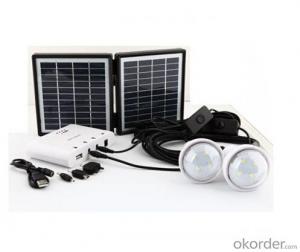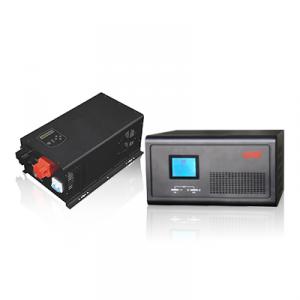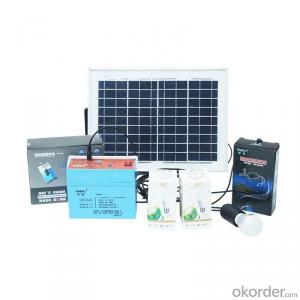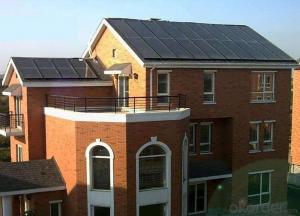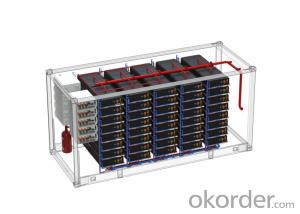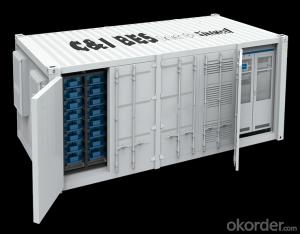Home Solar Inverter
Home Solar Inverter Related Searches
Best Solar Inverter For Home Solar Panel Inverter For Home Inverter For Home Solar System Home Power Inverter For Solar Hot Water Bags For Pain Relief Solar System For Inverter Ac Mppt Inverter For Solar System Solar Inverter Cost For Home Solar Inverter For Home Led For Growing CannabisHot Searches
Fiberglass Scaffolding For Sale Home Scaffolding For Sale Modern Home Bars For Sale Fiberglass Panels For Sale Small Home Bars For Sale Fiberglass Greenhouses For Sale Home Solar Inverter Price Home Depot Aluminum Coil 1 4 Aluminum Plate Home Depot 1/4 Aluminum Plate Home Depot 1 8 Aluminum Plate Home Depot Aluminum Tread Plate Home Depot Home Depot Aluminum Plate Home Solar Energy Cost Home Depot Solar Inverter Home Depot Solar Cells Ceiling Fan Lowest Price Home Depot Electrical Wire Prices Geogrid Fabric Home Depot Cheap High Tea Sets For SaleHome Solar Inverter Supplier & Manufacturer from China
Okorder.com is a professional Home Solar Inverter supplier & manufacturer, offers integrated one-stop services including real-time quoting and online cargo tracking. We are funded by CNBM Group, a Fortune 500 enterprise and the largest Home Solar Inverter firm in China.Hot Products
FAQ
- Yes, a solar energy system can be installed on a building with multiple levels. The installation of a solar energy system depends on various factors such as the available space, orientation, and structural integrity of the building. In multi-level buildings, solar panels can be installed on the roof, balconies, or other suitable areas that receive adequate sunlight. Depending on the design and layout of the building, it may be necessary to install multiple solar arrays on different levels to maximize energy generation. Additionally, it is important to ensure that the building's electrical infrastructure can support the installation of a solar energy system. Overall, with proper planning and consideration of the building's characteristics, a solar energy system can be successfully installed on a building with multiple levels.
- Yes, solar energy systems can be used in areas with extreme temperatures. However, the performance and efficiency of these systems may be affected by extreme heat or cold. Proper design and maintenance are essential to ensure optimal performance in such conditions.
- Net metering is a billing arrangement that allows solar panel owners to earn credits for excess electricity they generate and feed back into the grid. Essentially, it works by measuring the difference between the electricity a consumer consumes from the grid and the surplus electricity they produce. This surplus is then credited to their account, offsetting their future energy consumption and allowing them to save money on their utility bills.
- Yes, solar energy systems can be used for indoor lighting. Solar panels can generate electricity from sunlight, which can be stored in batteries and used to power indoor lights. This provides a sustainable and renewable source of energy for indoor lighting, reducing reliance on traditional electricity grids.
- Yes, a solar energy system can be installed on a sports arena or stadium. In fact, many sports arenas and stadiums around the world have already implemented solar energy systems as a way to reduce their carbon footprint and lower their energy costs. These systems typically consist of large arrays of solar panels that are strategically placed on the roof or in open areas surrounding the facility. The solar panels absorb sunlight and convert it into electricity, which can be used to power various aspects of the arena or stadium, such as lighting, HVAC systems, and scoreboards. Additionally, excess energy generated by the solar panels can be fed back into the grid, further reducing the facility's reliance on non-renewable energy sources. Installing a solar energy system on a sports arena or stadium not only helps to promote sustainability and environmental stewardship, but it can also serve as a visible symbol of the organization's commitment to renewable energy and inspire others to follow suit.
- Installing a solar energy system comes with a range of government incentives and tax credits that aim to promote renewable energy and reduce reliance on fossil fuels. One notable incentive is the federal Investment Tax Credit (ITC), which enables homeowners and businesses to deduct a portion of their solar system installation costs from their federal taxes. As of 2021, the ITC offers a 26% tax credit for both residential and commercial solar installations. However, it's important to be aware that this percentage may change in the future, so it's wise to seize the opportunity while the current rate applies. Moreover, various states and local governments provide their own incentives and tax credits for solar installations. These incentives can differ significantly, but commonly involve rebates, grants, or exemptions from property taxes for individuals and businesses that adopt solar energy systems. Additionally, numerous states offer net metering programs that enable solar system owners to receive credits on their utility bills for any surplus electricity they generate and feed back into the grid. This allows owners to offset their electricity costs and potentially earn money by selling excess energy. In summary, there exists a plethora of government incentives and tax credits for solar energy system installations. Their purpose is to make solar installations more affordable and encourage the transition to clean, renewable energy sources. To fully comprehend and benefit from the available incentives and credits in your area, it is advisable to consult local authorities, utility companies, and tax professionals.
- Yes, solar energy systems can be used in areas with high seismic activity. However, it is essential to design and install these systems with seismic-resistant features in mind to ensure their structural integrity during earthquakes. Reinforcing the mounting structures, using flexible connectors, and implementing proper anchoring techniques can help mitigate potential risks. Additionally, regular inspections and maintenance are crucial to ensure the ongoing safety and functionality of solar energy systems in seismic-prone regions.
- The amount of space solar panels take up on a roof depends on various factors, such as the size and number of panels, as well as the layout and orientation of the roof. On average, a typical residential solar panel system requires about 100-400 square feet of roof space. However, it's best to consult with a solar professional to assess your specific roof and determine the optimal size and configuration for your solar panel installation.





















